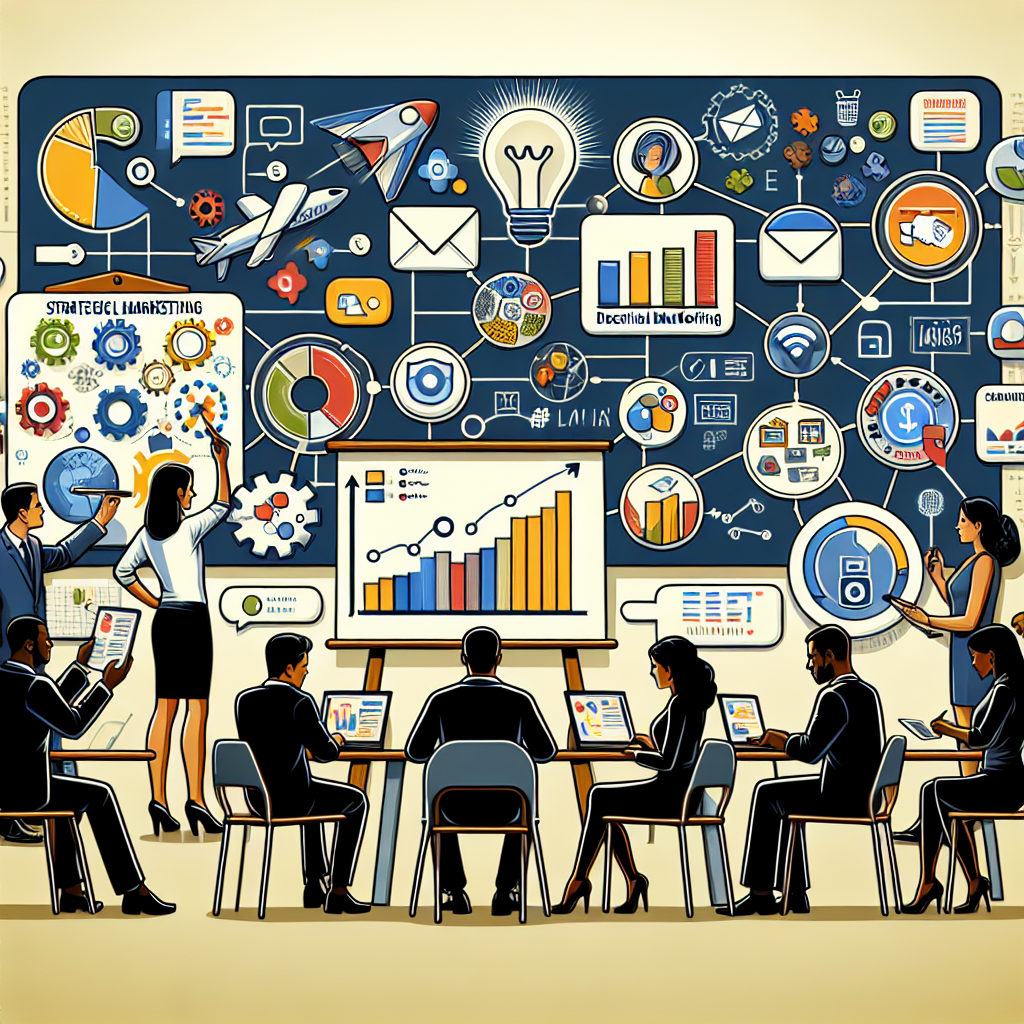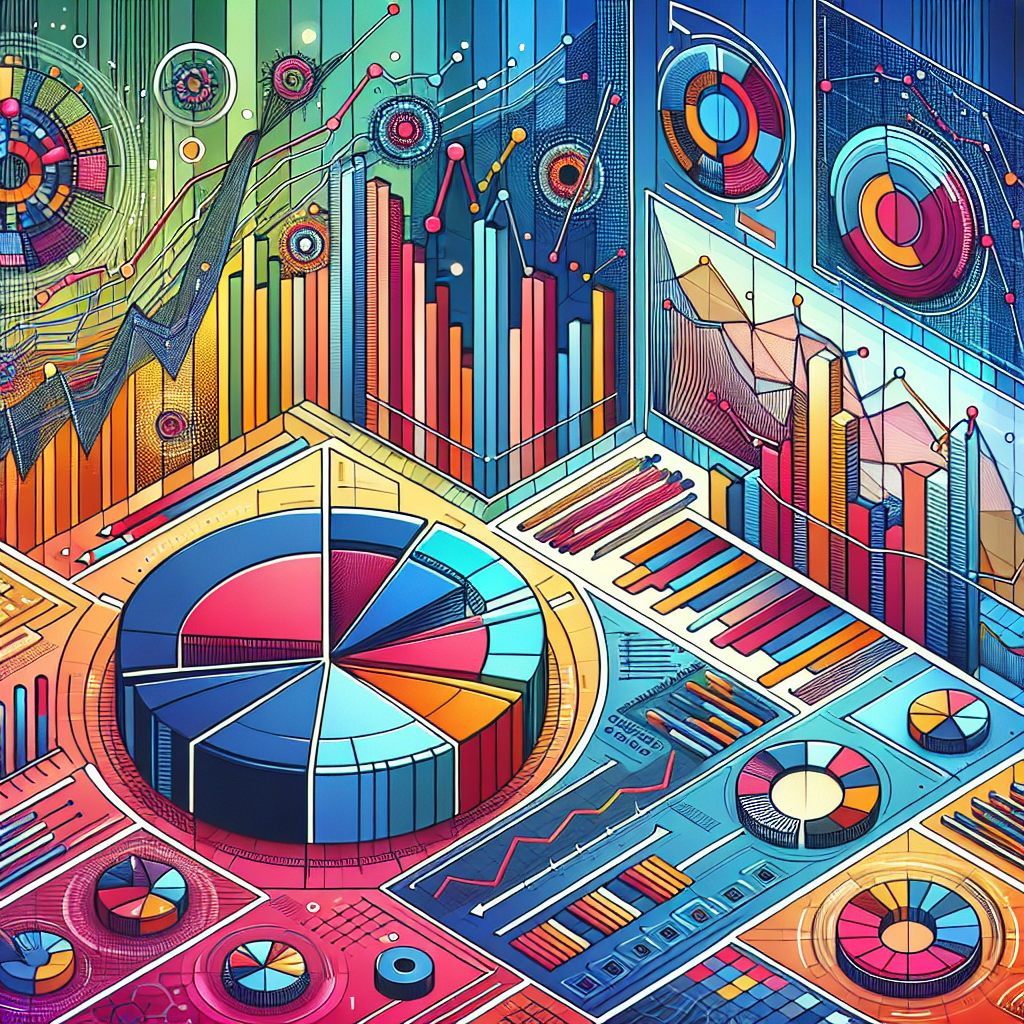What is a Marketing Funnel?
- Unraveling the Marketing Funnel: A Comprehensive Guide for Digital Marketers
- The Essence of the Marketing Funnel
- Stages of the Marketing Funnel
- Awareness
- Interest
- Desire
- Action
- The Significance of the Marketing Funnel
- Crafting Your Marketing Funnel
- Top of Funnel (TOFU): Awareness Stage
- Middle of Funnel (MOFU): Interest Stage
- Bottom of Funnel (BOFU): Desire & Action Stage
- Monitoring Your Marketing Funnel: Key Metrics
- FAQs: Unpacking Common Queries
- B2B vs. B2C Funnel
- Marketing vs. Sales Funnel
- Loyalty & Advocacy Stages
- Final Thoughts: The Path to Continuous Improvement
Unraveling the Marketing Funnel: A Comprehensive Guide for Digital Marketers

In the ever-evolving landscape of digital marketing, understanding the intricacies of the marketing funnel is akin to holding a roadmap in the vast wilderness of consumer behavior. For digital marketers, content marketers, and ecommerce store owners, this roadmap is not just a guide but a strategic tool to navigate through the complex journey of converting a potential lead into a loyal customer.
With the integration of artificial intelligence, platforms are revolutionizing how businesses approach marketing, making it more accessible, efficient, and tailored to each user's needs. Let's dive deep into the concept of the marketing funnel, its stages, its significance, and how you can create one to propel your business forward.
The Essence of the Marketing Funnel
At its core, the marketing funnel is a multi-stage process that guides potential customers from the initial phase of awareness to the final stage of purchase. It's based on the AIDA model, which stands for Awareness, Interest, Desire, and Action. Picture a funnel, wide at the top and narrow at the bottom; this shape represents the natural drop-off that occurs at each stage as prospective customers move closer to making a purchase.
Stages of the Marketing Funnel
Awareness
The journey begins with the Awareness stage, where potential customers are introduced to your brand for the first time. This could be through various channels like social media, a blog post, or a video ad. The goal here is to capture their attention and make a memorable impression.
Interest
As they move down the funnel, potential customers enter the Interest stage. This is where engagement deepens, and they start interacting with your content, visiting your website, or following you on social media platforms. The aim is to nurture this interest and build a connection.
Desire
Next is the Desire stage, an evaluation phase where consumers compare your offerings with others, read reviews, and consider their options. It's crucial to stand out by highlighting your unique selling points and addressing any concerns they may have.
Action
Finally, we reach the Action stage, where decision-making happens, and a purchase is made. This is the culmination of all your marketing efforts, where effective calls-to-action (CTAs) and a seamless buying process can make all the difference.
The Significance of the Marketing Funnel
Understanding and implementing a marketing funnel simplifies the customer journey, allowing for strategic marketing execution. It helps identify neglected stages of the funnel, preventing potential customer loss and optimizing the conversion process. Moreover, it provides a structured framework to enhance the customer experience at every touchpoint.
Crafting Your Marketing Funnel

Creating a marketing funnel involves enhancing the existing customer journey and implementing targeted strategies at different stages of the funnel. Let's explore how to optimize each stage:
Top of Funnel (TOFU): Awareness Stage
At this initial stage, focus on targeting the relevant audience with content that resonates. Utilize SEO keywords, leverage existing audiences, and employ targeted ads to draw attention. Craftify AI's personalized, AI-driven solutions can help create captivating content that stands out.
Middle of Funnel (MOFU): Interest Stage
Here, the goal is to capture interest, nurture leads, and convince them of your value. Target MOFU keywords, encourage email list sign-ups, and gather reviews to build credibility. Using AI marketing tools, you can automate and personalize your email marketing campaigns for better engagement.
Bottom of Funnel (BOFU): Desire & Action Stage
In the final stages, focus on converting potential customers. Target BOFU keywords, create comparison pages, and address any objections they might have.
Monitoring Your Marketing Funnel: Key Metrics

Assigning specific metrics to each funnel stage is crucial for continuous improvement. Track users, measure organic traffic, monitor conversions, and calculate ROI to understand the effectiveness of your funnel. These insights will guide your tweaking and experimentation for enhanced results.
FAQs: Unpacking Common Queries
B2B vs. B2C Funnel
While the fundamental stages remain the same, the strategies and content may differ between B2B and B2C funnels, reflecting the unique needs and decision-making processes of their respective audiences.
Marketing vs. Sales Funnel
The marketing funnel focuses on attracting and nurturing leads, while the sales funnel is more concerned with the conversion process. Both are essential for a holistic business strategy.
Loyalty & Advocacy Stages
Beyond the traditional funnel stages, fostering loyalty and advocacy among your customers can turn them into brand ambassadors, further amplifying your marketing efforts.
Final Thoughts: The Path to Continuous Improvement
The marketing funnel is not a set-it-and-forget-it tool but a dynamic model that requires continuous tweaking and experimentation for improved results. By understanding its stages and implementing targeted strategies with the help of AI tools, digital marketers and ecommerce store owners can enhance their marketing efforts, making them more effective and tailored to the needs of their audience.
As the digital landscape continues to evolve, embracing innovative solutions and staying informed about best practices will ensure that your marketing funnel remains a powerful asset in your business's growth strategy. Remember, the journey of a thousand sales begins with a single step into the marketing funnel.